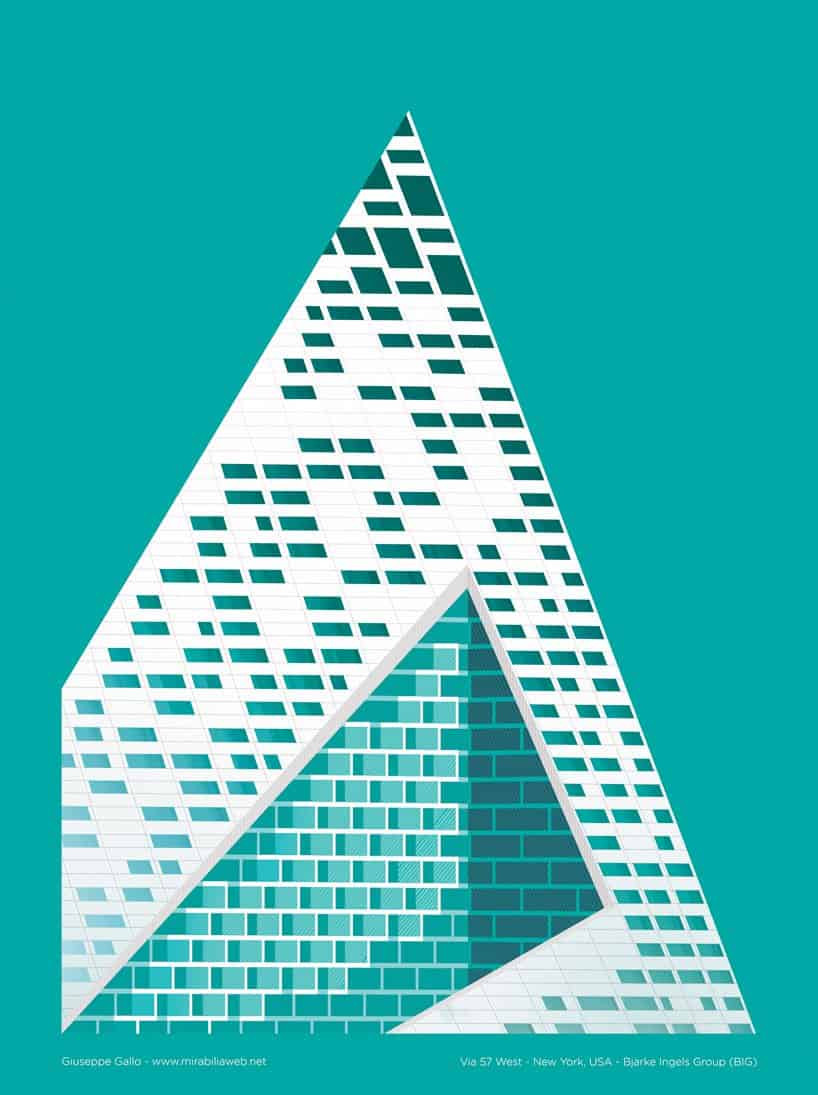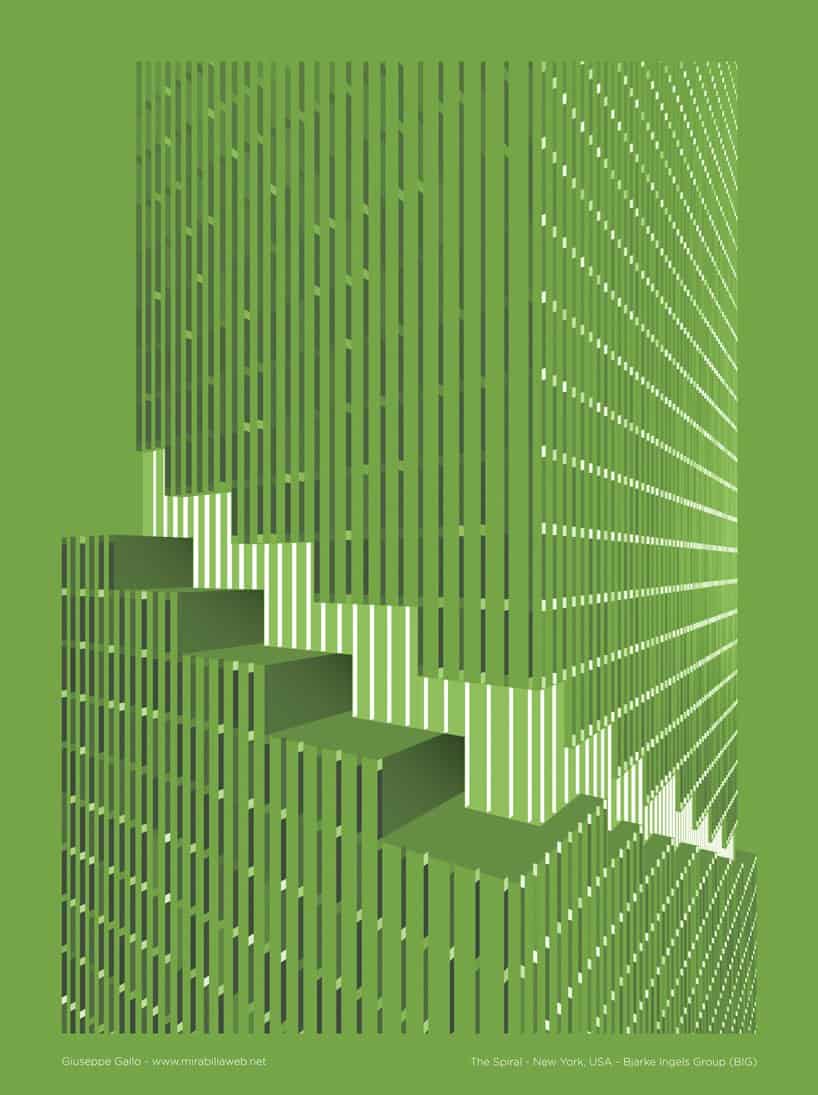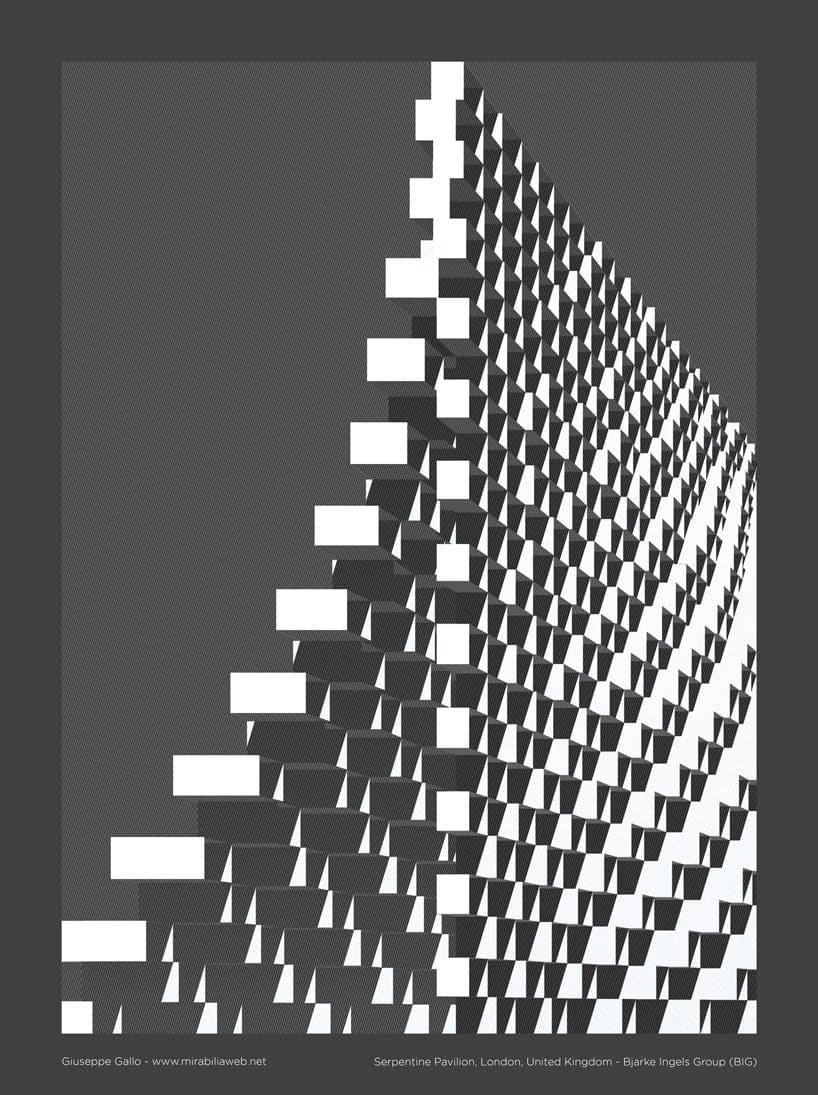The widespread use of digital tools has changed the design profession. Towards this transition, Charles Morris asserts that three areas of study, though distinct, remain relevant: semantics, pragmatics, and syntax. Designer Giuseppe Gallo — motivated from the work of Bjarke Ingels — generated these nine, colorful posters in response to BIG‘s incredible use of language.


As structure has evolved from solid structures to ski slopes on power plants, the terminology and the importance of each field of research has developed too. Inside this concept, semantics is the connection between the system of signals and their meanings; pragmatics represent the relations of signs to interpreters (the indications and the behaviors they engender); ultimately, the syntax is the study of the formal connections between signals.

Serpentine Pavilion (2016), London
Giuseppe Gallo’s dissection of BIG’s usage of syntax resulted in these nine posters. According to Gallo, ‘syntax is one of the formal aspects which, in our opinion, characterizes a lot of Bjarke Ingels Group (BIG)’s functions when compared with the work of former generations of architects. Their projects generate a syntactic development gleaned from the will to find new solutions for environmental, social, economic and technological issues.’







